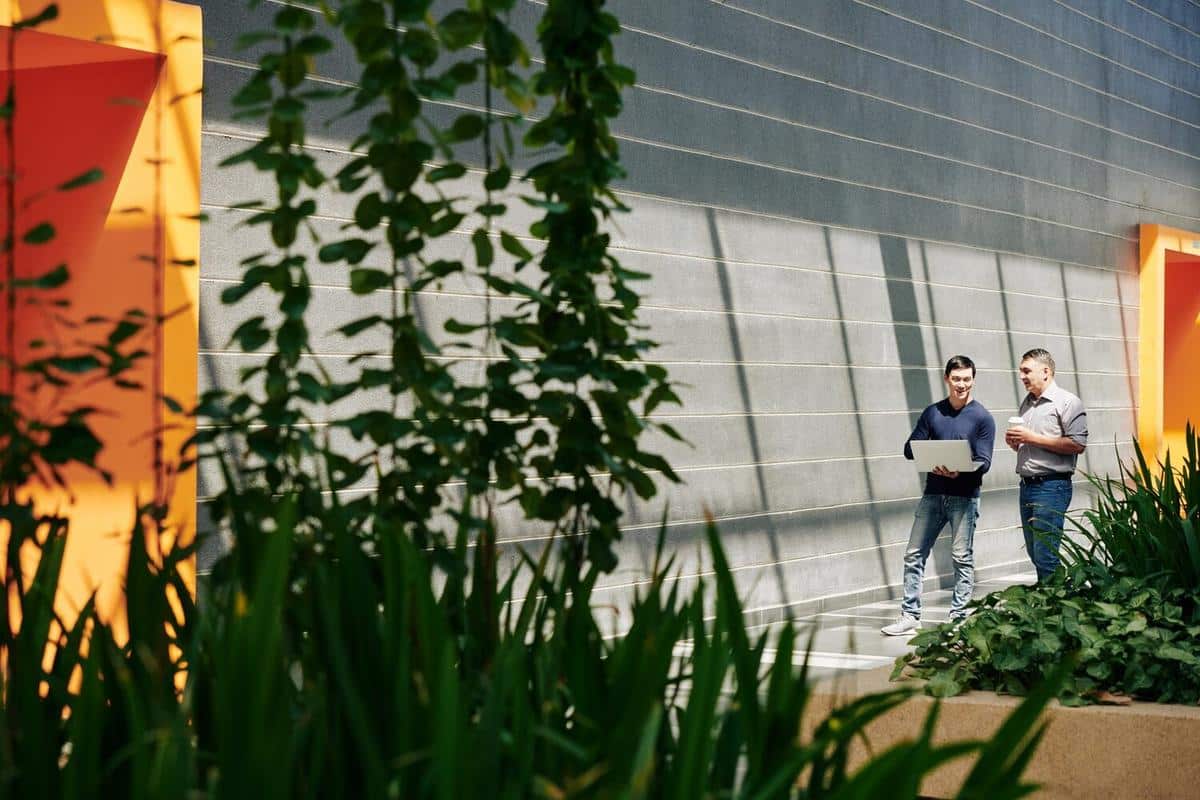
The Role of Green Spaces in Urban Planning
Urban landscapes are evolving, and at the heart of this transformation lies the integration of green spaces. These natural havens not only enhance the aesthetic appeal of cities but also play a crucial role in promoting sustainability and improving the quality of life for urban dwellers.
As cities continue to expand, the inclusion of green spaces in urban planning has become increasingly vital. These areas, ranging from small community gardens to expansive parks, offer a multitude of benefits that extend beyond their immediate beauty. According to the World Health Organization, access to green spaces can significantly improve mental health and reduce stress levels among urban populations.
The Benefits of Green Spaces
Green spaces serve as the lungs of a city, providing essential oxygen and reducing urban heat. They also act as social equalizers, offering free recreational opportunities that promote community interaction and cohesion. Dr. Lisa Norton, an urban ecologist, emphasizes that “green spaces are essential for fostering biodiversity and maintaining ecological balance within urban environments.”
Environmental Impact
Research has shown that urban greenery can reduce air pollution by filtering harmful particles and absorbing carbon dioxide. A study by the University of Washington highlights that trees in urban areas can lower temperatures by up to 7 degrees Fahrenheit, a crucial factor in countering the urban heat island effect.
Social and Health Benefits
Green spaces are not just about environmental health; they also cater to human well-being. Regular exposure to nature has been linked to lower levels of anxiety and depression. Cities like Singapore have demonstrated how integrating nature into urban planning can lead to happier and more productive citizens.
Examples of Successful Integration
Incorporating green spaces into urban areas can take various forms. For instance, New York City’s High Line is a prime example of transforming an old railway line into a vibrant public park. This initiative not only revitalized the area but also attracted tourism and boosted local businesses.
Actionable Tips for Urban Planners
- Incorporate native plant species to support local wildlife.
- Design multifunctional spaces that cater to different community needs.
- Engage local communities in the planning process to ensure spaces meet their needs.
Conclusion
The role of green spaces in urban planning cannot be overstated. They are essential for creating sustainable, livable cities that foster community well-being and environmental resilience. As urban areas continue to develop, incorporating these verdant sanctuaries should remain a top priority for planners and policymakers alike.
FAQs
Why are green spaces important in urban planning?
They improve air quality, reduce heat, and enhance mental health.
How do green spaces impact mental health?
Access to nature can lower stress and anxiety levels.
What are some examples of urban green spaces?
Parks, community gardens, and rooftop gardens are common examples.
How can cities maximize the use of green spaces?
By integrating multifunctional designs and native plant species.


